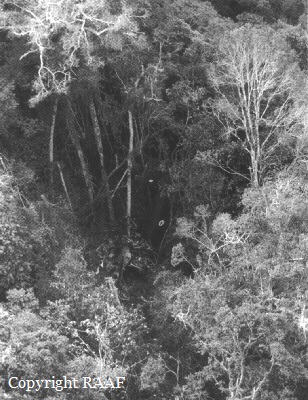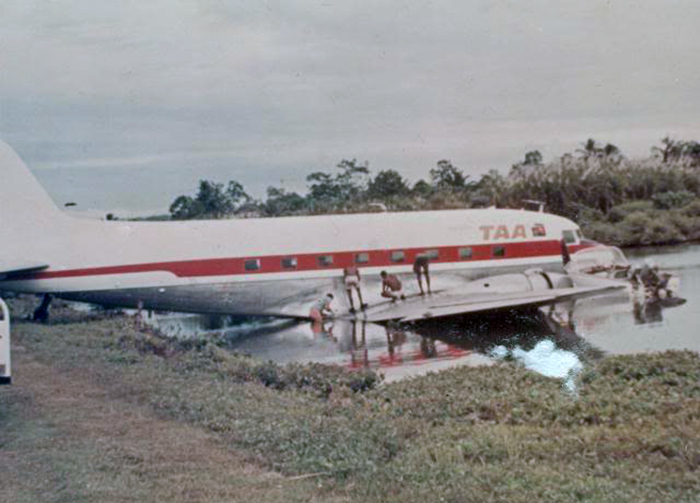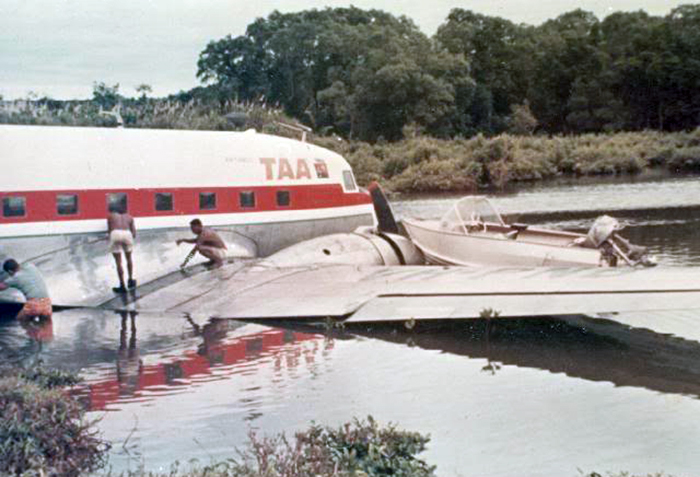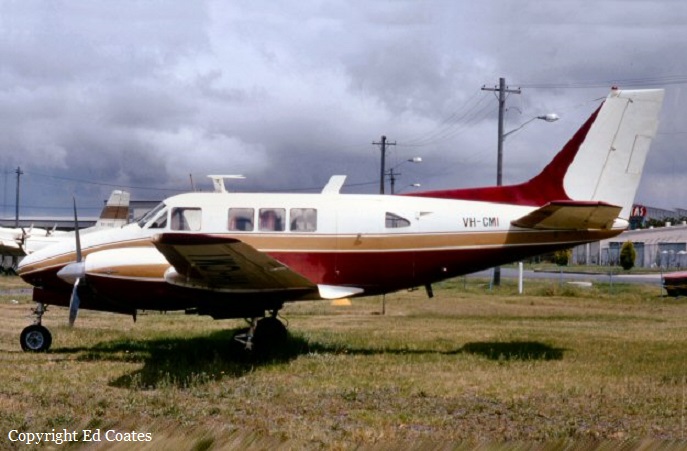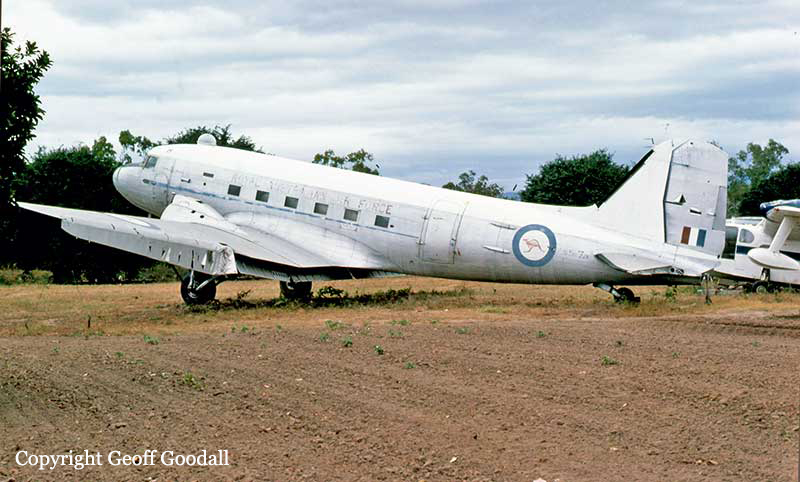Crash of a De Havilland DHC-4 Caribou inKudjeru Gap: 25 killed
Date & Time:
Aug 28, 1972 at 1430 LT
Registration:
A4-233
Survivors:
Yes
Schedule:
Lae - Port Moresby
MSN:
233
YOM:
1965
Crew on board:
3
Crew fatalities:
Pax on board:
26
Pax fatalities:
Other fatalities:
Total fatalities:
25
Circumstances:
The aircraft was completing a flight from Lae to Port Moresby, carrying three crew members and 26 cadets of the PNG Army. After passing over Wau in good weather conditions, the pilot decided to enter the Kudjeru Gap Valley when the weather conditions worsened rapidly with clouds up to 10,500 feet. At an altitude of 5,000 feet while trying to gain height, the right wing struck trees and the aircraft crashed on the slope of a mountain, about 50 meters below the summit. The wreckage was found three days later. Five injured passengers were evacuated but one of them died from his injuries.
Probable cause:
The pilot entered an area of low visibility and the accident was the consequence of a controlled flight into terrain.
